The piezo nozzle is one of the most expensive parts of a CIJ printer. It is usually made of a piezo ring stack with an inner channel leading to a small nozzle orifice. By driving the piezo with a high frequency signal, the ink stream exiting the nozzle can be broken up into separate droplets, which then can be charged and deflected for printing.
Because of the high price I thought they would be extremely hard to build and would need exact tuning to work at all. Nevertheless, I tried building one out of an ultrasonic transducer from an ultrasonic bath and could get it to work with some trial and error.
First, I had to build a driver for it.
It took me a while to find a driver design which was simple and promising and I finally found it in The Thought Emporium's great video about sonoluminescense.
The piezo is driven by a cheap audio amplifier which gets its signal from a signal generator. The piezo nozzle which is essentially a capacitor has to form a series LC circuit with an inductor in order to work.
The ultrasonic transducer that I used has a capacitance of 3.8nF. For the first test I used a selfmade air core inductor with a metal rod for variable inductance and set it to 1.5mH, because I calculated the LC circuit values for a frequency of about 66kHz, which is the frequency of a commercial piezo nozzle that I have. It later turned out that a frequency of about 40kHz worked a lot better for my selfmade piezo nozzle - maybe this frequency was closer to the resonant frequency of my nozzle, which I had not figured out, yet. For a second test I replaced the large inductor with a smaller ferrite core inductor with about 2mH for testing and it worked as good as or even better than before. Maybe I will do more testing with proper tuning in the future, but even with suboptimal values it did work not that bad.
Another important thing is to backlight the ink/water stream with a LED which is driven by the same frequency as the piezo to make the forming of separate droplets visible.
Here is a video of the experiment:
And here are some pictures:
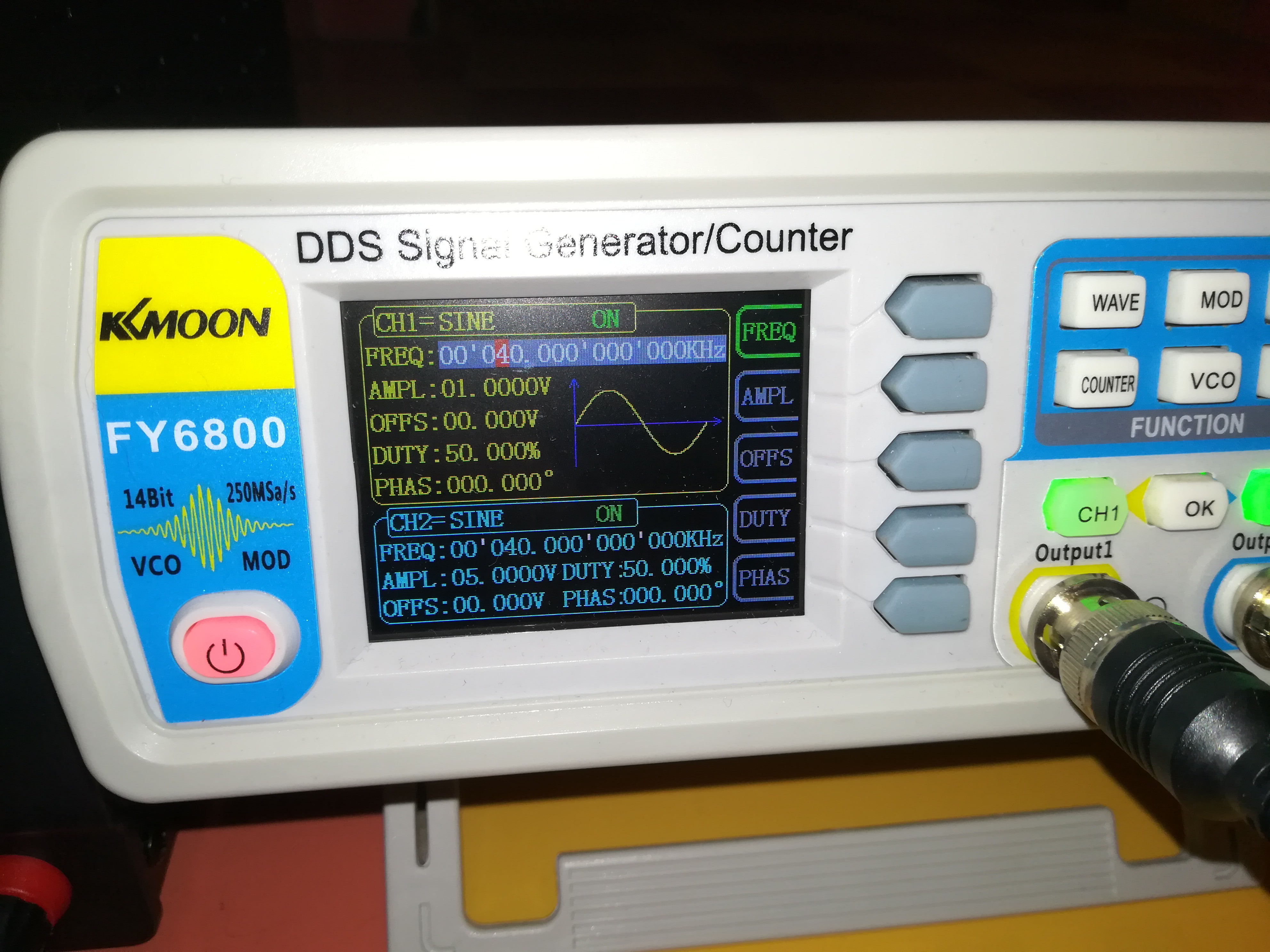
Signal generator:
CH1 for the piezo and CH2 for the LED
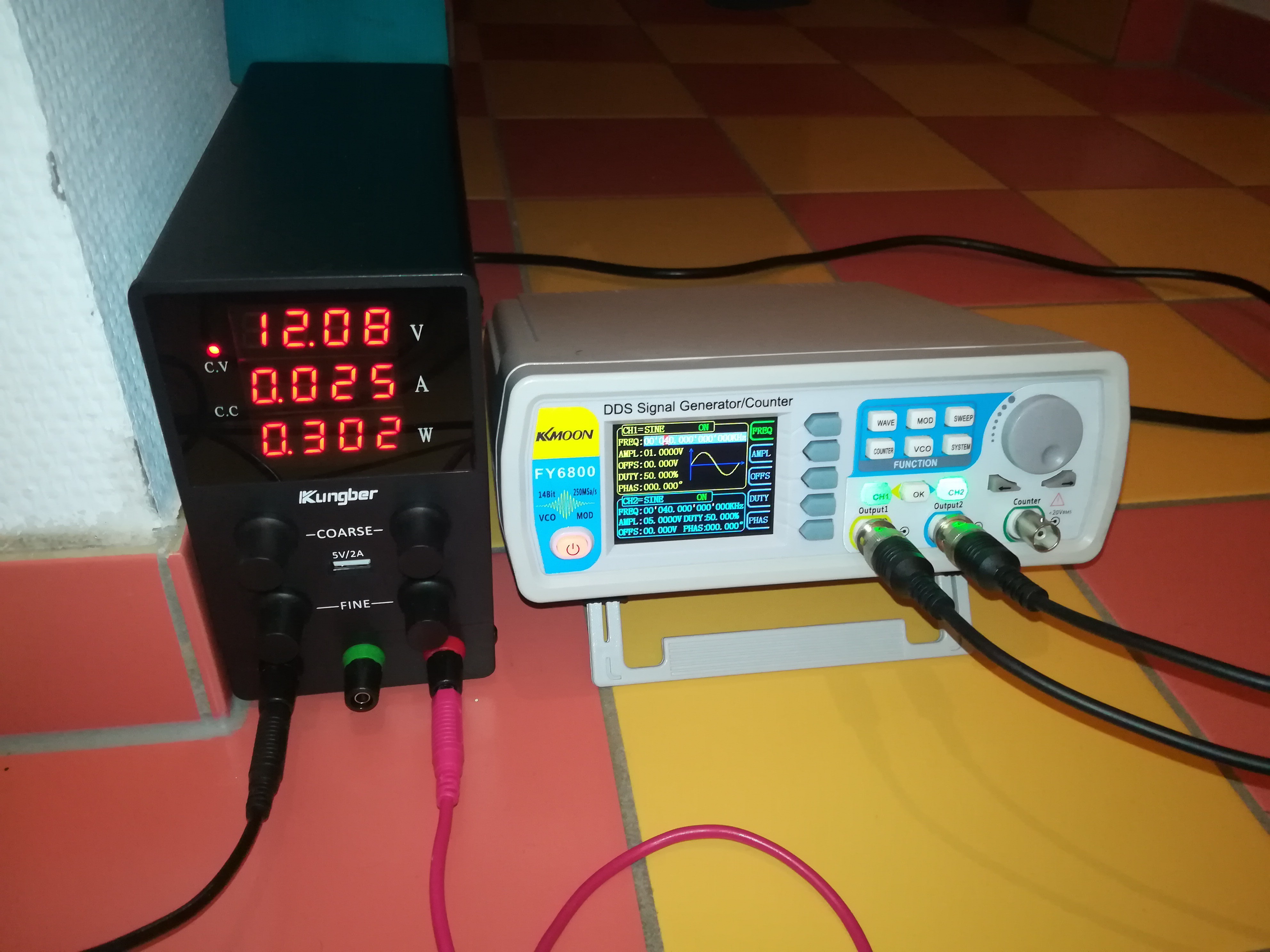
Signal generator and power supply
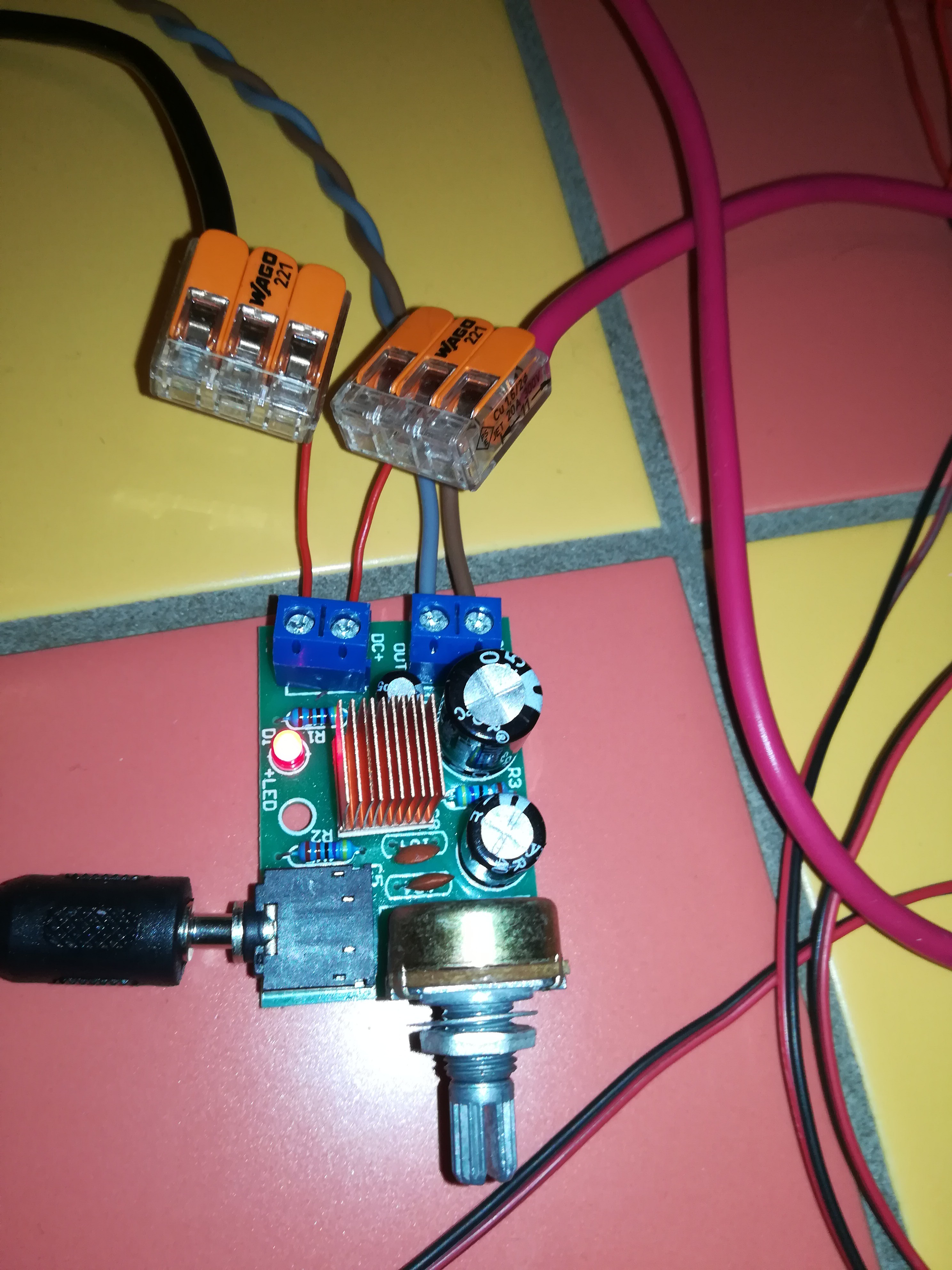
Audio amplifier
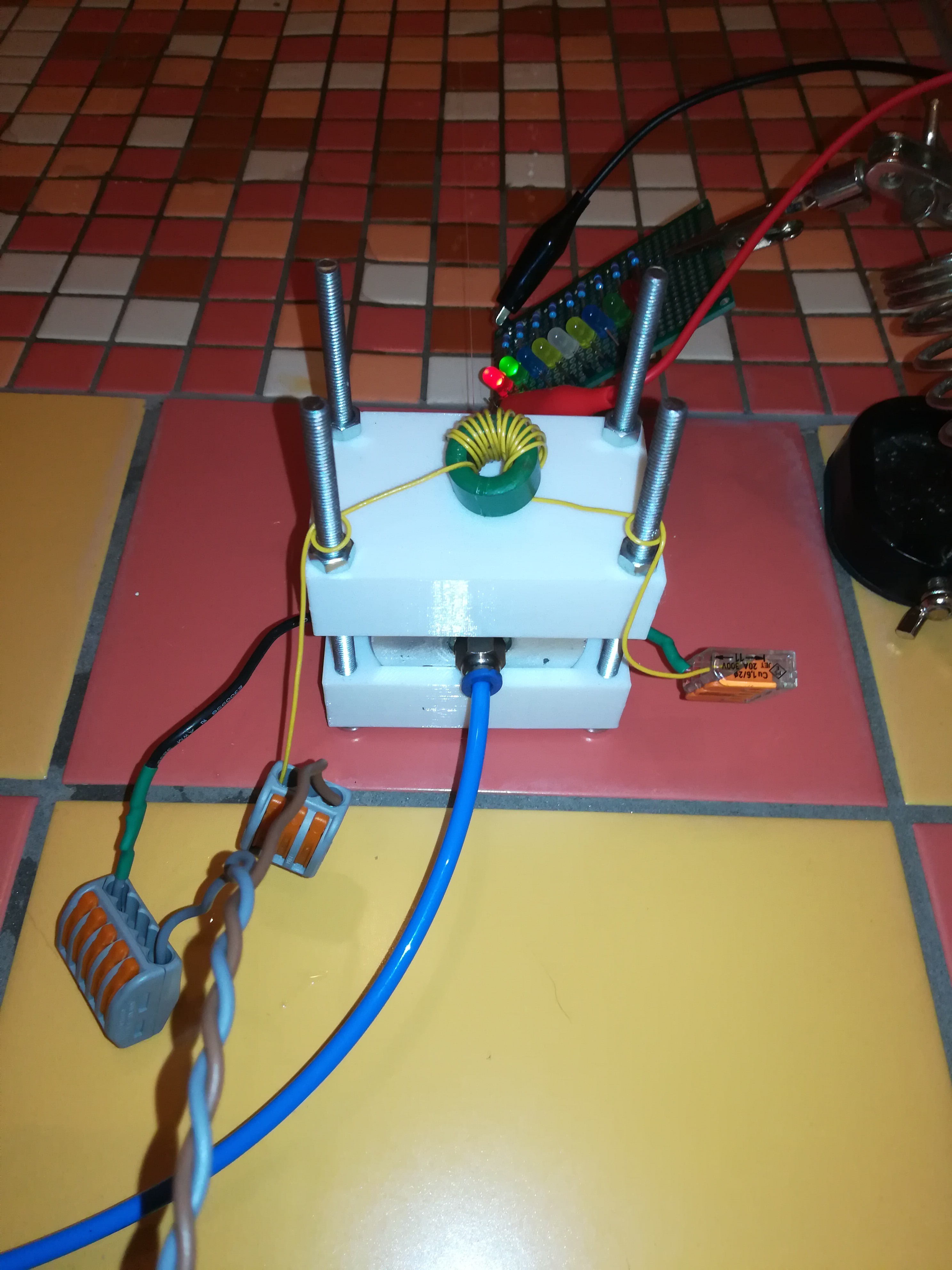
Piezo nozzle with inductor and LED
Water is supplied by connecting it to the shower in my bathroom
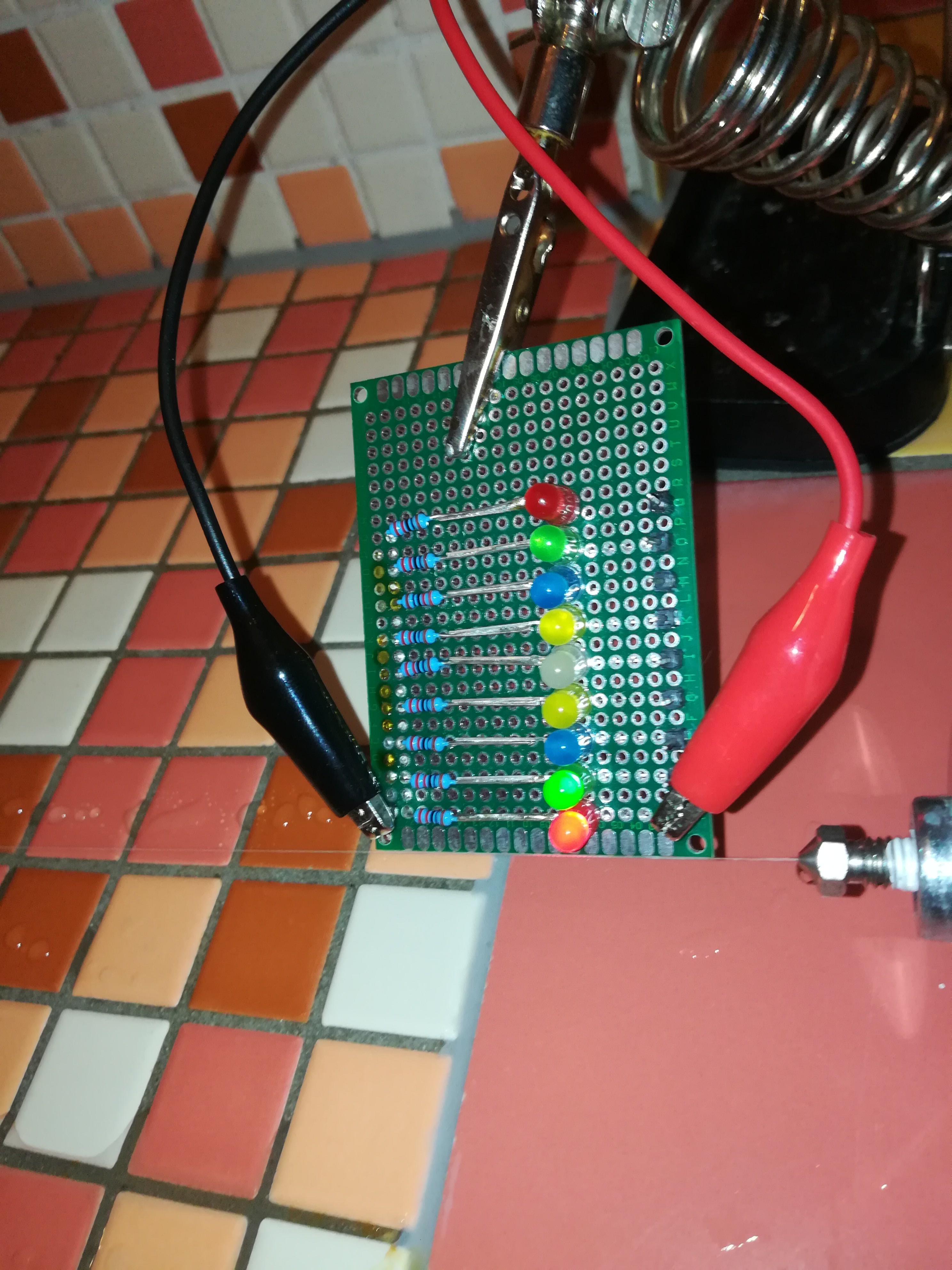
LEDs
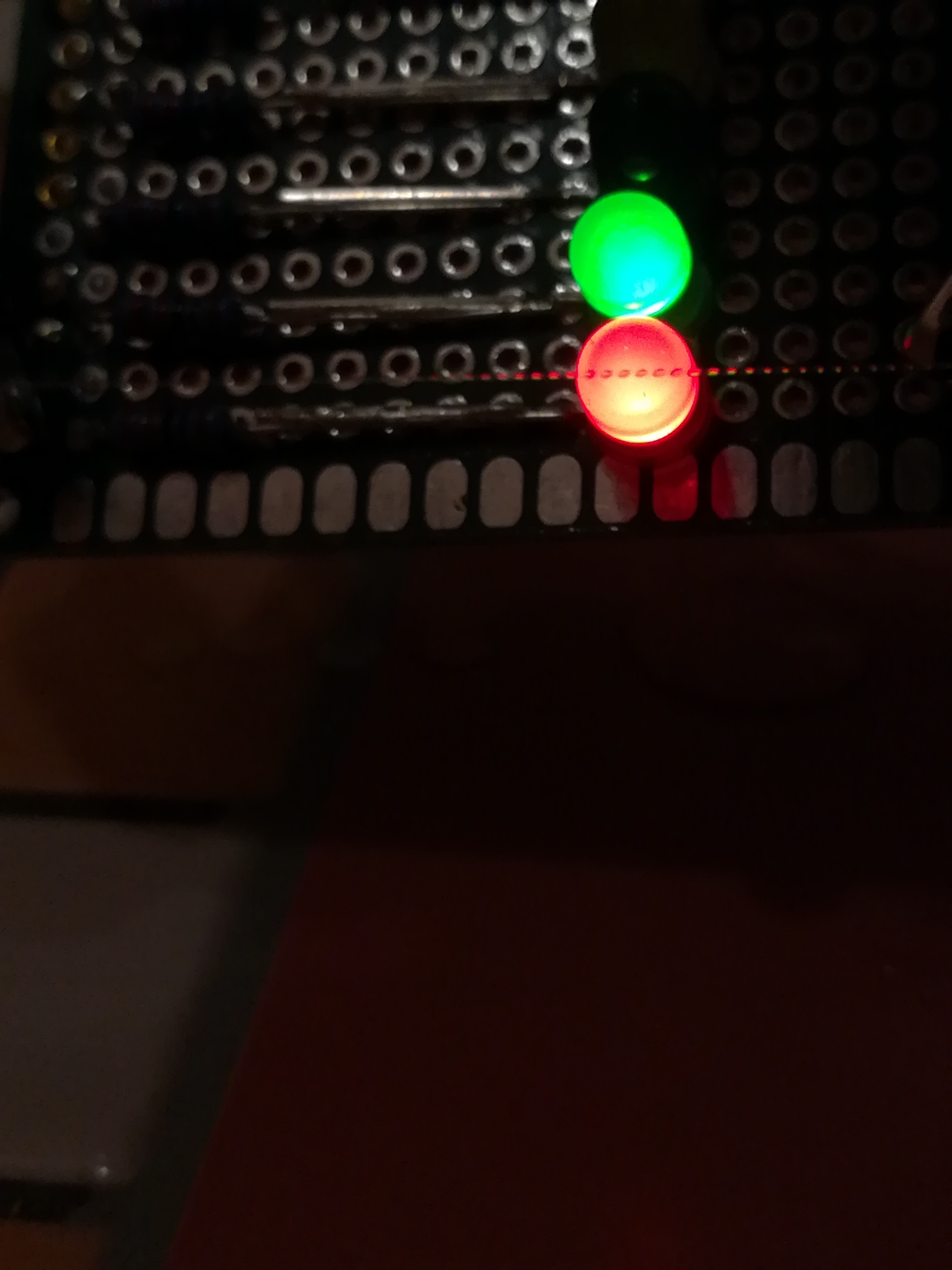
Picture of seperate droplets
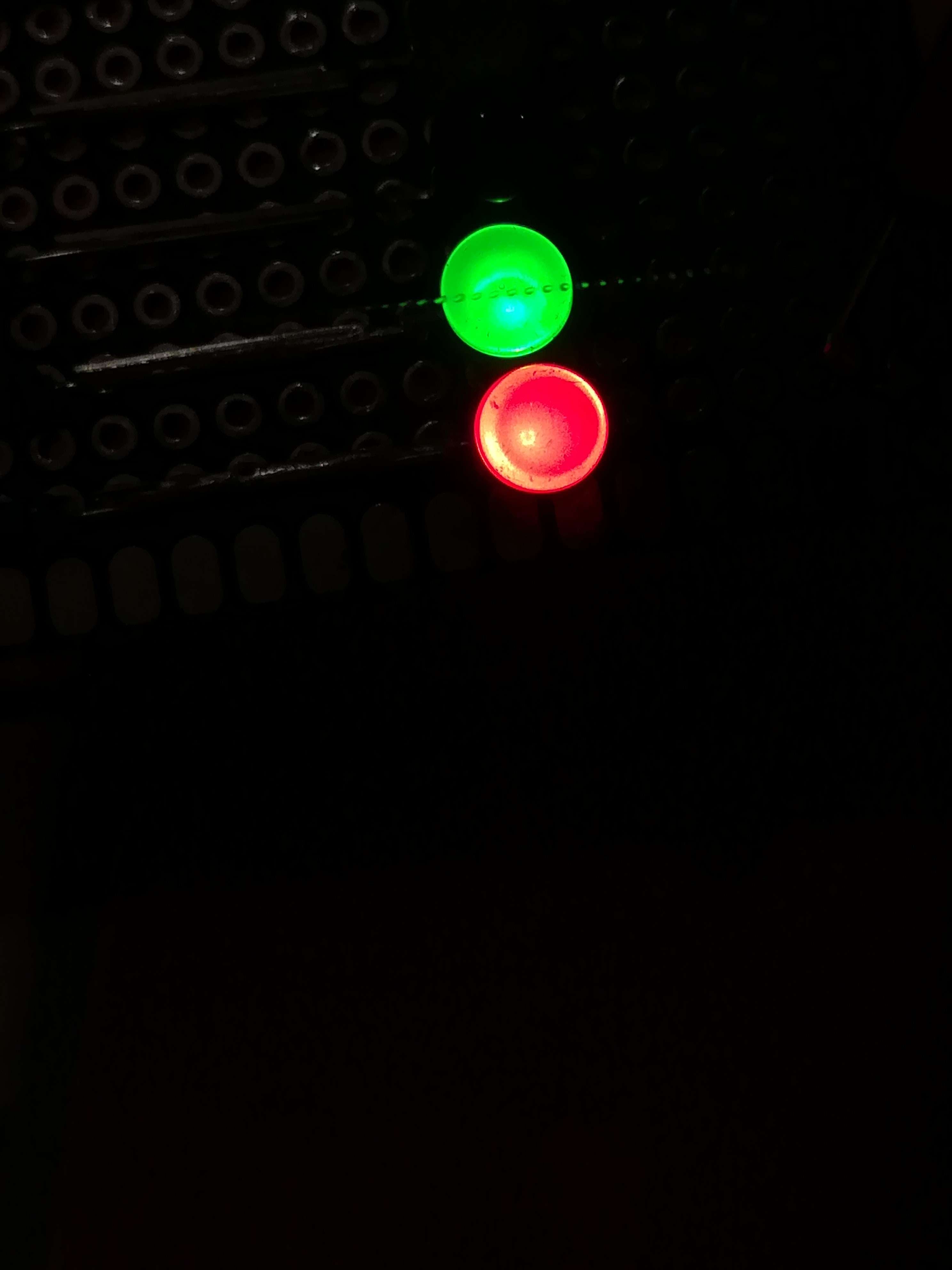
Another picture of seperate droplets
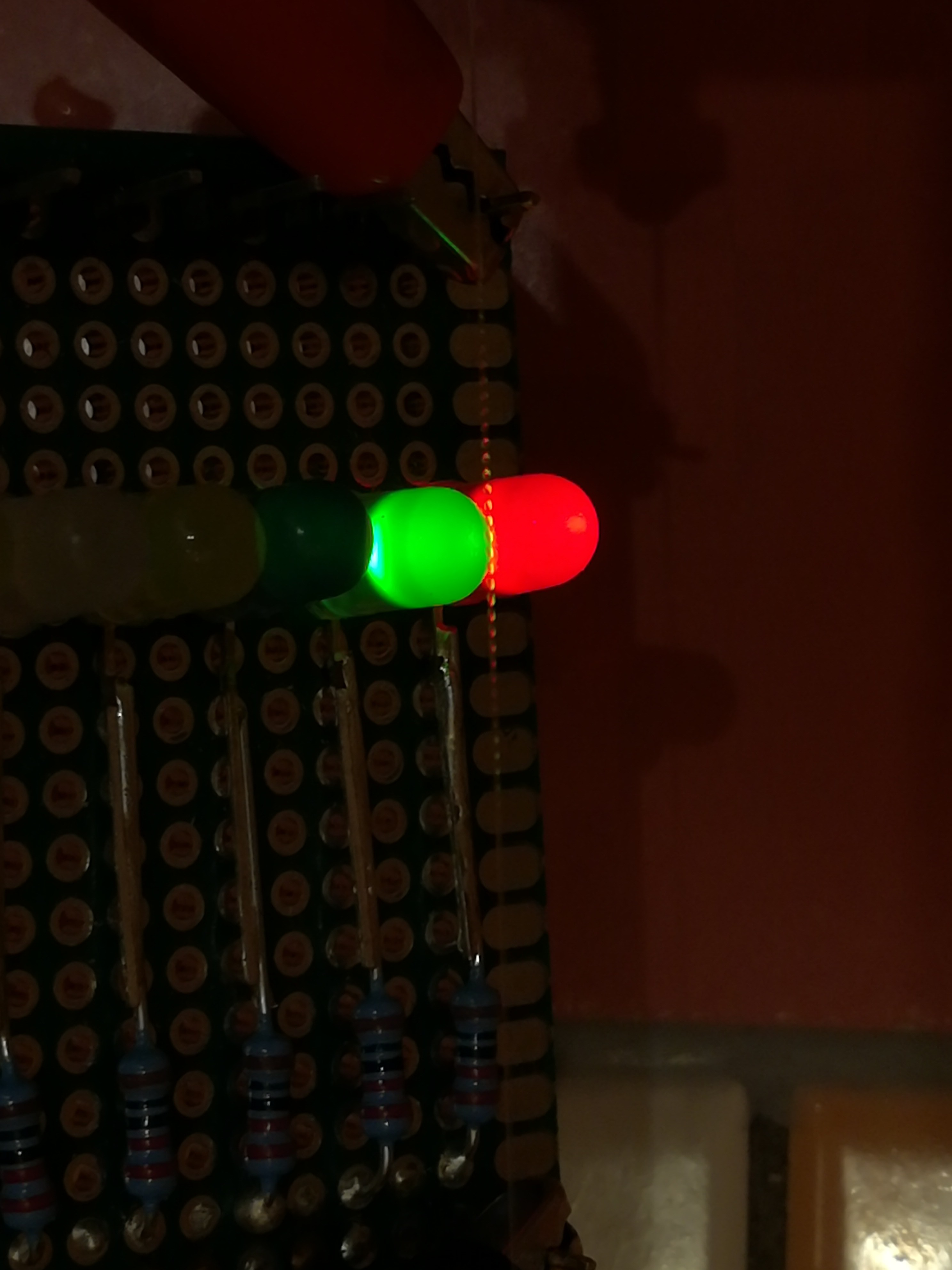
Another picture of seperate droplets
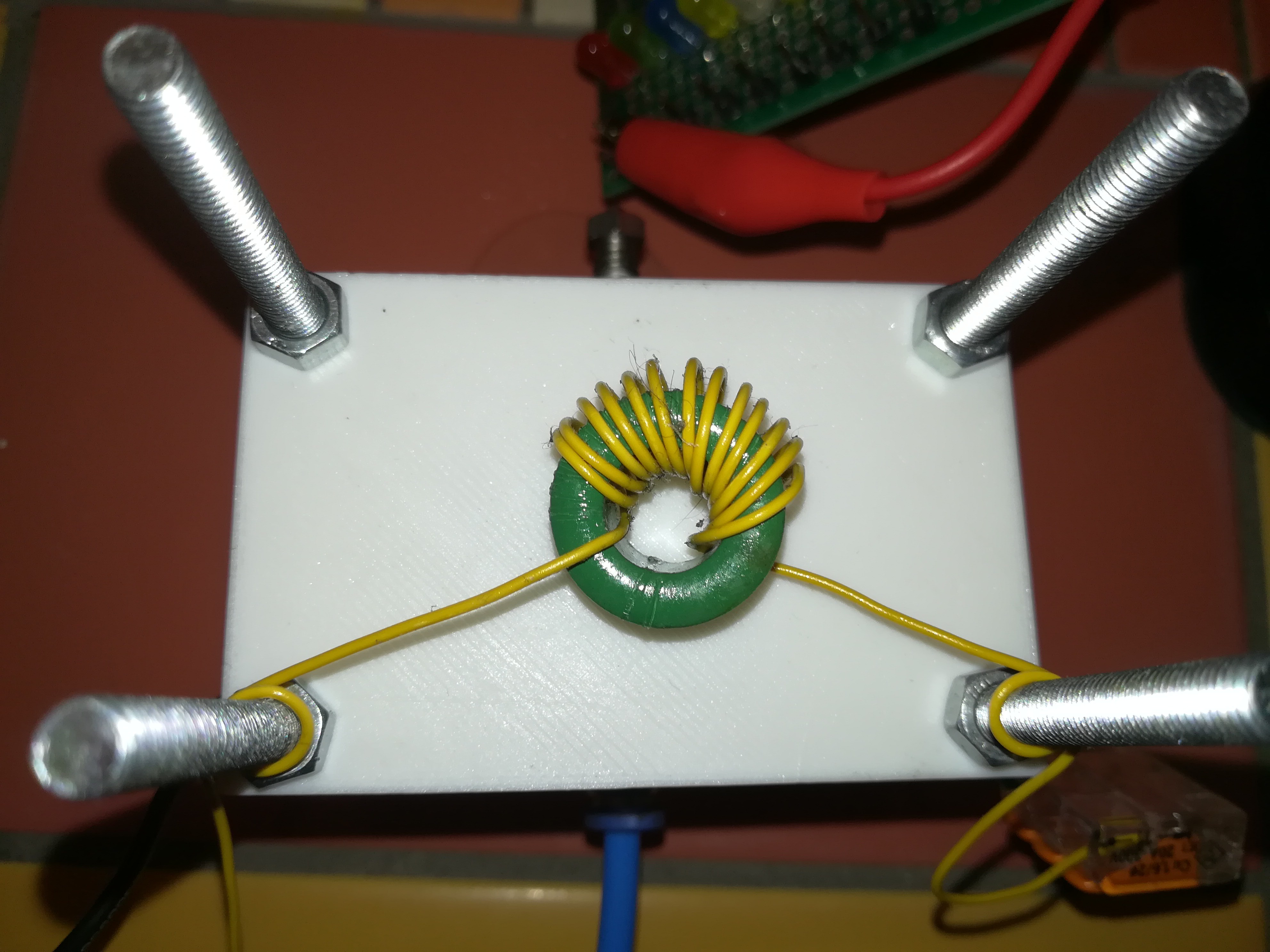
Inductor
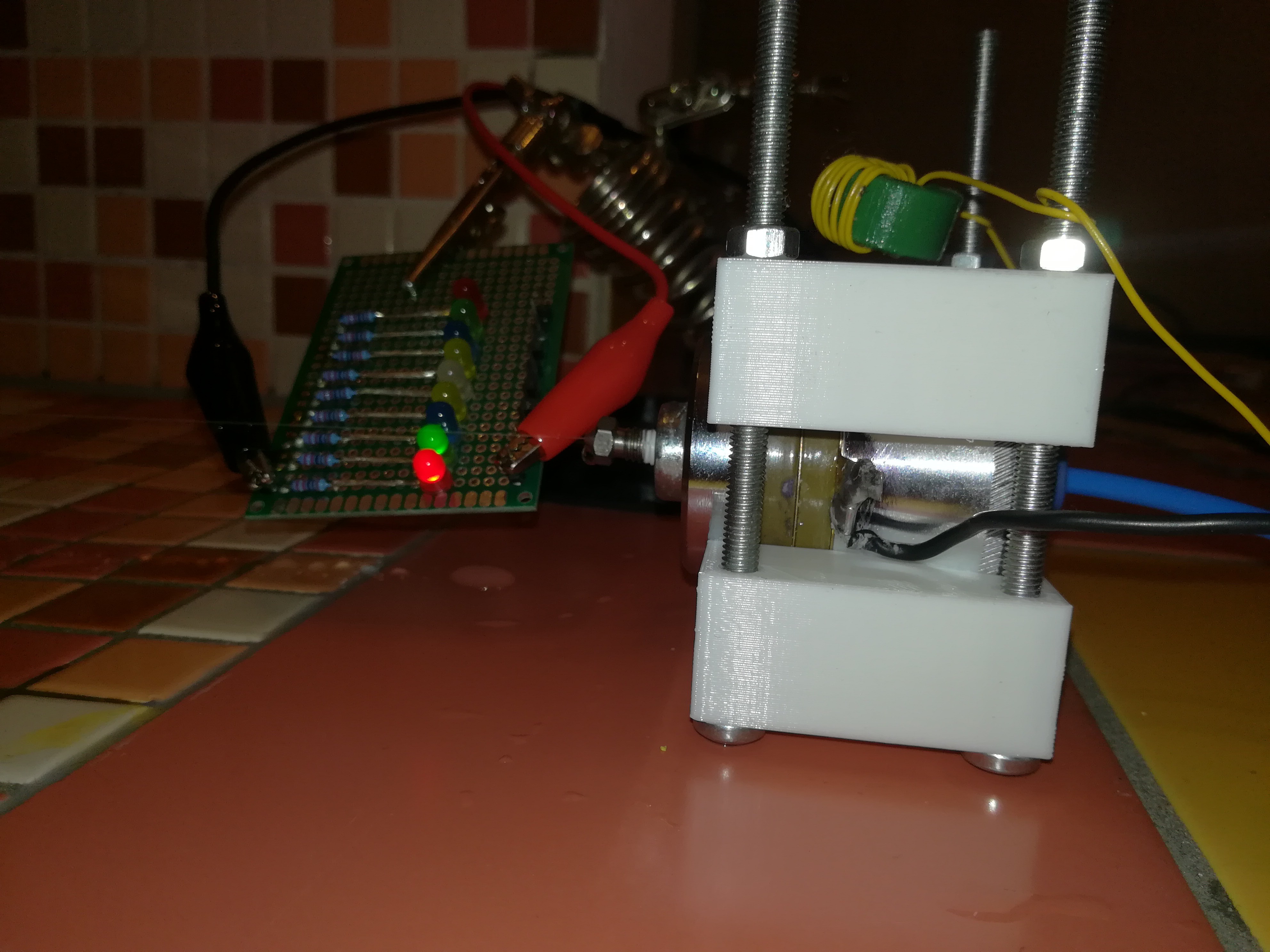
Ultrasonic transducer nozzle
So, with a working piezo nozzle that can break up the ink stream, I can now start with the design of a printhead and the charge and deflect circuit.
 Dominik Meffert
Dominik Meffert
Discussions
Become a Hackaday.io Member
Create an account to leave a comment. Already have an account? Log In.
That stream of drops seeming frozen in midair looks really cool.
Are you sure? yes | no
Wow, this is spectacular result! Well done!
Small nitpick - that wire wrapped around steel bolts may degrade power going to piezo (current magnetizes steel and those are just loses). But maybe that is on purpose (works like resistor).
Smaller pwm duty on diodes will make them dimmer but your droplets will look better, less smeared. If you lower duty to 10%, you could overdrive your diodes with 2x bigger current.
Are you sure? yes | no
Thank you very much.
Also great thanks for helping me with my last project :)
I wrapped the wire around the steel bolts just for holding the inductor in place - maybe it would be better to place it on a PCB in the later electronics box.
I had not really thought about it, but for testing I used a sine wave to drive the LEDs, so that they were off half of the time. My thought was that the droplets would be visible when using the same frequency for the LEDs as for the piezo and because it worked I have not tried another setting.
Are you sure? yes | no
Frequency - yes, but for photographing fast things, the shorter the light pulse, the less motion blur. There is no reason to drive diodes with sine wave, just pwm with low duty cycle and the same frequency is ideal.
Btw, this also depends on "rolling shutter". This can introduce some artifacts, but after analysing images a little more, those droplets look really clearly photographed, so probably there is no need to play with this anymore.
Are you sure? yes | no